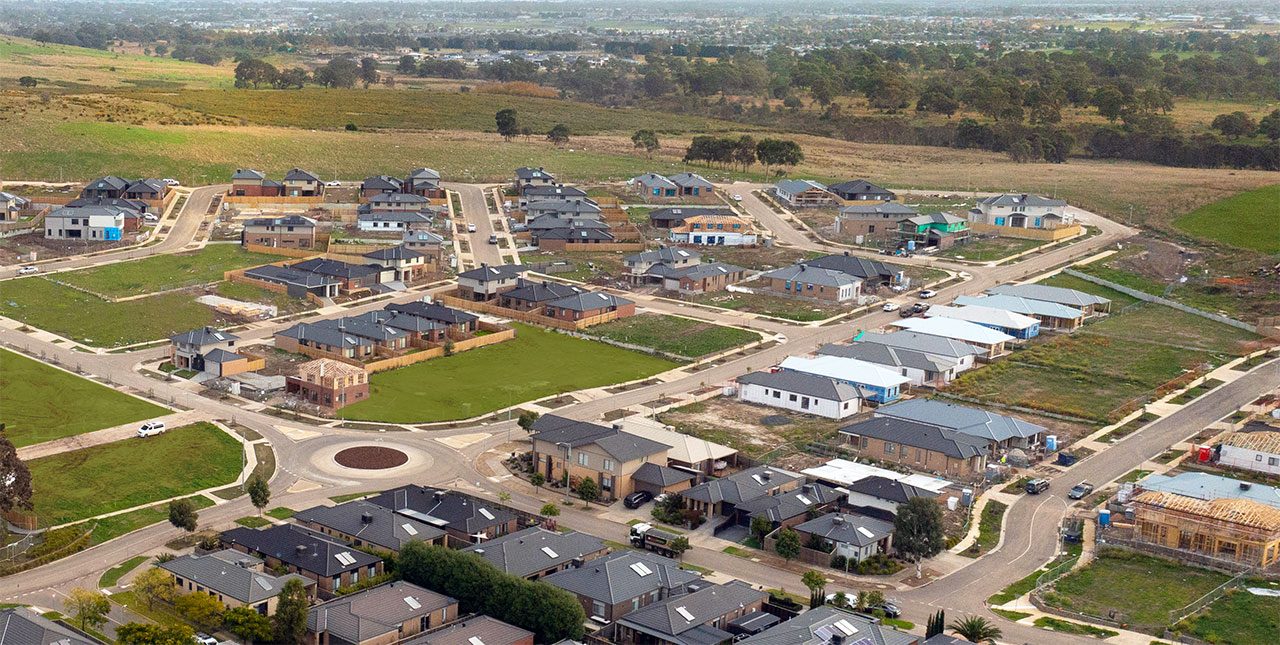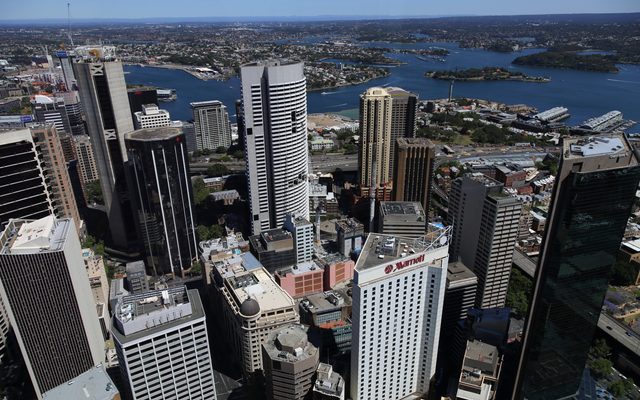This article is from the Australian Property Journal archive
HIGH interest rates and cost-of-living pressures will push mortgage delinquencies higher throughout 2024, according to analysts, as yesterday’s inflation data potentially pushed any prospect of a rate cut further out.
Australian Bureau of Statistics (ABS) data yesterday showed the monthly consumer price index (CPI) indicator lifted to 3.6% in the year to April, up from 3.5% in the year to March.
It marked a second straight month of 0.1% increases.
Housing inflation was at 4.9%, as builders passed on higher costs for labour and materials to the consumer, while rent inflation eased but remained stubbornly high at 7.5%, as a severe mismatch between supply and demand keeps vacancies hovering around historic lows.
Significant contributors to the headline figure also included food and non-alcoholic beverages, which rose from 3.5% to 3.8%, as unfavourable weather pushed fruit and vegetables prices up at the fastest rate in 12 months, while alcohol and tobacco were up 6.5% and transport by 4.2%.
Electricity prices rose 4.2% in the 12 months to April. According to the ABS, the introduction of the Energy Bill Relief Fund rebates from July 2023 prevented electricity prices rising by 13.9% year-on-year.
The data may is likely to have made the prospect of a rate cut from the Reserve Bank of Australia any time soon very remote. Markets now have the RBA keeping the cash rate on hold at 4.35% at least until May next year.
“While the RBA will not put excess weight on one month’s worth of data, looking back since the start of the year, Australia’s progress in the battle against high inflation has the wobbles,” said RateCity.com.au research director, Sally Tindall.
“The RBA will need to see this swing right around before it’s going to formally entertain the possibility of cash rate cuts.”
Following this month’s board meeting and rate announcement, RBA governor Michele Bullock warned of a “bumpy” road ahead in the battle to bring inflation back to the central bank’s target range.
ANZ economists Catherine Birch and Adam Boyton said their forecast for a November start to cash rate cuts is unchanged, “although risks remain tilted towards a later start”.
“The April data are underweight services and non-tradeables, so we will get a better gauge on domestic price pressures, and the implications for the policy outlook, in the May data,” they said.
Home loan delinquency rates to rise in 2024
“High interest rates and cost-of-living pressures will continue to weigh on home loan borrowers,” said Moody’s Ratings analyst Letitia Wong in a note yesterday.
“In most states and territories, delinquency rates are increasing in both capital cities and areas outside major urban centres. We expect delinquency rates will continue to rise moderately through this year, a credit negative for residential mortgage-backed securities (RMBS),” she said.
“The key reasons why we expect mortgage delinquencies to continue to rise this year are high interest rates and ongoing cost-of-living pressures.
Delinquency rates will increase moderately, held back by low unemployment, rising nominal wages, and increasing house prices.
Home loan arrears – the 30-plus days delinquency rates – were highest in the Northern Territory (2.86%), Western Australia (2.16%) and Victoria (2.09%) as of November 2023, but also increased in South Australia, Tasmania, NSW, Queensland and the ACT over 12 months. Mortgage delinquencies increased most in Victoria (up by 0.84%) and Tasmania (0.81%) over the 12-month period, and least in the Northern Territory and Queensland.
Many of the worst-performing regions are outside major cities, and were led by outback Queensland, north-west Melbourne, outback Northern Territory, the Western Australian wheatbelt, and Darwin.
NSW and Queensland accounted for most of the best-performing regions, which were led by north Brisbane, inner Perth, Sydney’s Northern Beaches, the Sunshine Coast and inner city Brisbane.
Separate research from S&P Global Ratings also released yesterday showed mortgage arrears rose during the first quarter of 2024.
“This is likely to continue amid lingering high interest rates and rising unemployment,” said S&P Global Ratings analysts Erin Kitson and Kate J Thomson.
“Most borrowers have been resilient on the debt-serviceability front, though some are handling this by significantly reprioritising their spending and drawing on savings. But not all households face the same levels of pressure in servicing their debts and this has helped to keep overall arrears low to date.”
Improving wage growth is helping with debt serviceability, but increases in mortgage repayments are still outstripping income increases for many.
“This is occurring alongside significant increases in key household expenditures like insurance premiums and energy costs.”
The said lingering higher interest rates will see more borrowers enter arrears as unemployment rises.
“In the months ahead, this will result in a continued rise in arrears, which are a lagging indicator and one of the last places where financial stress manifests. Provided unemployment remains low overall, however, we expect most borrowers to avoid going into arrears, minimising any dislocation in mortgage markets and systemic risk.”




